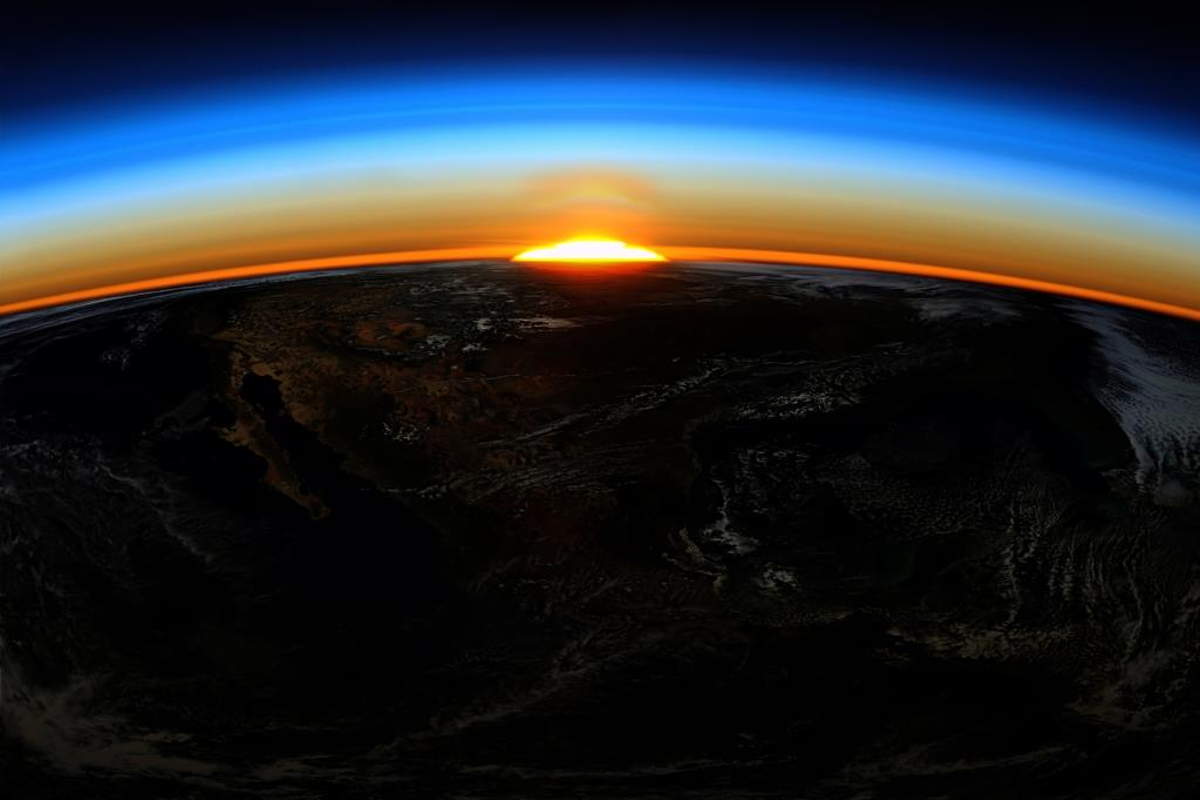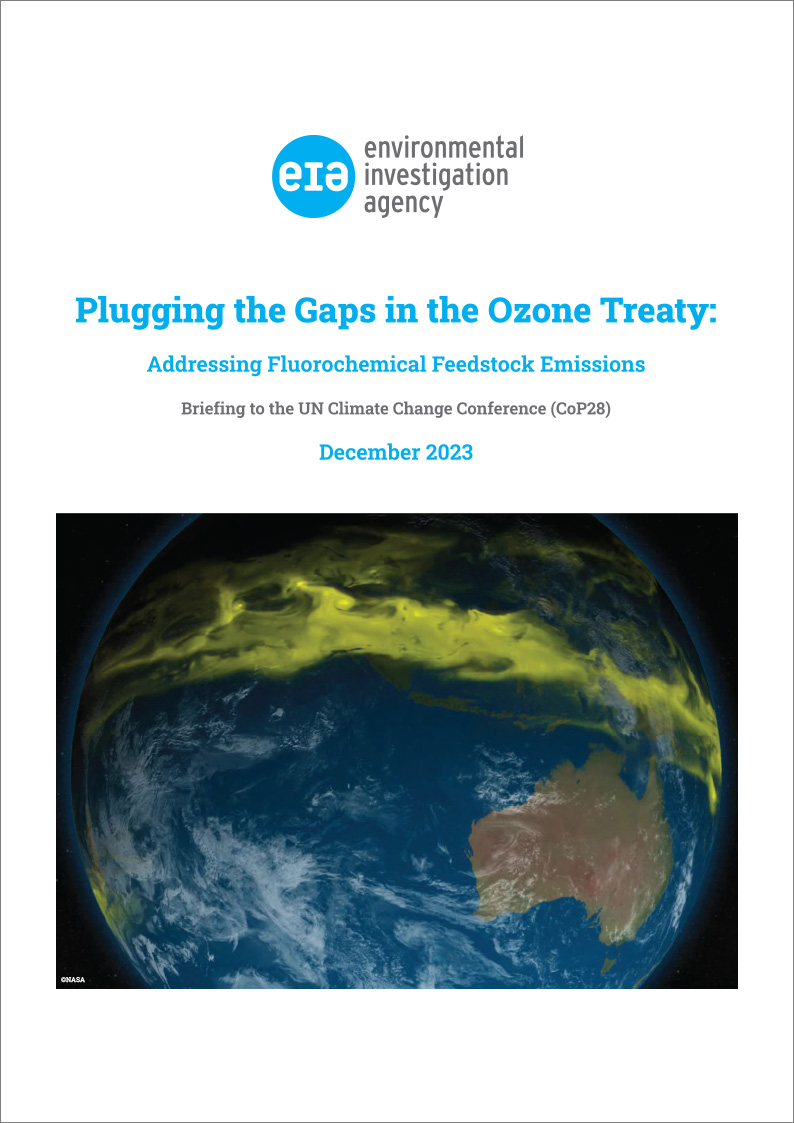Plugging the Gaps in the Ozone Treaty
Addressing Fluorochemical Feedstock Emissions
Widely hailed as the world’s most successful international environmental treaty, the Montreal Protocol has played a critical role in mitigating climate change for more than 35 years.
The successive phase-out of more than 99 per cent of the production of controlled Ozone Depleting Substances (ODS), which are also highly potent greenhouse gases (GHGs), has set the ozone layer on the path to recovery, protecting the world’s biosphere from harmful ultraviolet (UV) radiation and avoiding significant global warming.
Despite this undeniable success, significant greenhouse gas emissions equivalent to almost half a billion tonnes of CO2 are occurring each year, linked to unregulated fluorochemical industrial processes. This briefing explores additional measures that can be taken under the Montreal Protocol to contribute to averting the climate crisis.


